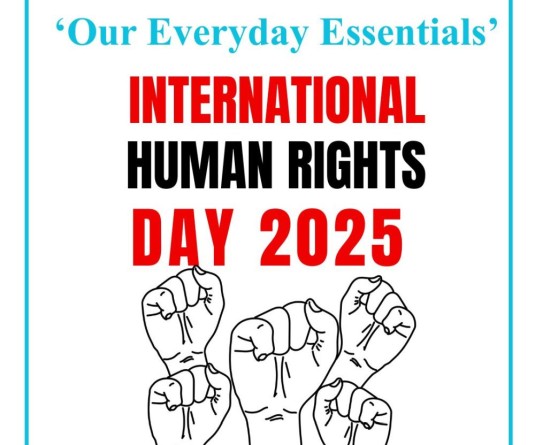
Our Correspondent
Kohima | July 13
With the start of Universal Immunization Programme (UIP) in 1985, Nagaland has also seen great decline in morbidity and mortality due to preventable diseases such as polio, childhood tuberculosis, measles, diphtheria, whooping cough, neonatal tetanus and night blindness. “Immunization is one of the most cost-effective strategies to prevent childhood diseases,” said Dr. M. Kire, joint director and State Immunization Officer, H&FW in a NRHM Nagaland newsletter.
Through the implementation of the National Rural Health Mission (NRHM) the Government of India has provided additional resources to strengthen immunization. Current activities include routine immunization services against six VPDs and injection TT to all pregnant women, Intensified Polio Immunization for polio eradication, Acute Flaccid Paralysis Surveillance activities and Vitamin ‘A’ solution supplementary services for control of night blindness in children. Immunization services are given in all health units on a fixed day (Every first Friday) of the week.
In outreach, health personnel identify high-risk villages, flung populaces, slum areas, under-served, difficult-to-reach villages. The Village Health Committees have taken a pledge to achieve 100% immunization of all eligible children by creating awareness, mobilizing children to session sites and creating service demand for immunization in their respective villages.
It is also reported that daily immunization is done in district hospitals. Other strategies include, campaign or intensive drive, supplementary immunization activities, outreach response immunization and immunization weeks, immunization through various private practitioners, nursing homes, NGOs and other voluntary health organization and school health programme.



.jpg)


